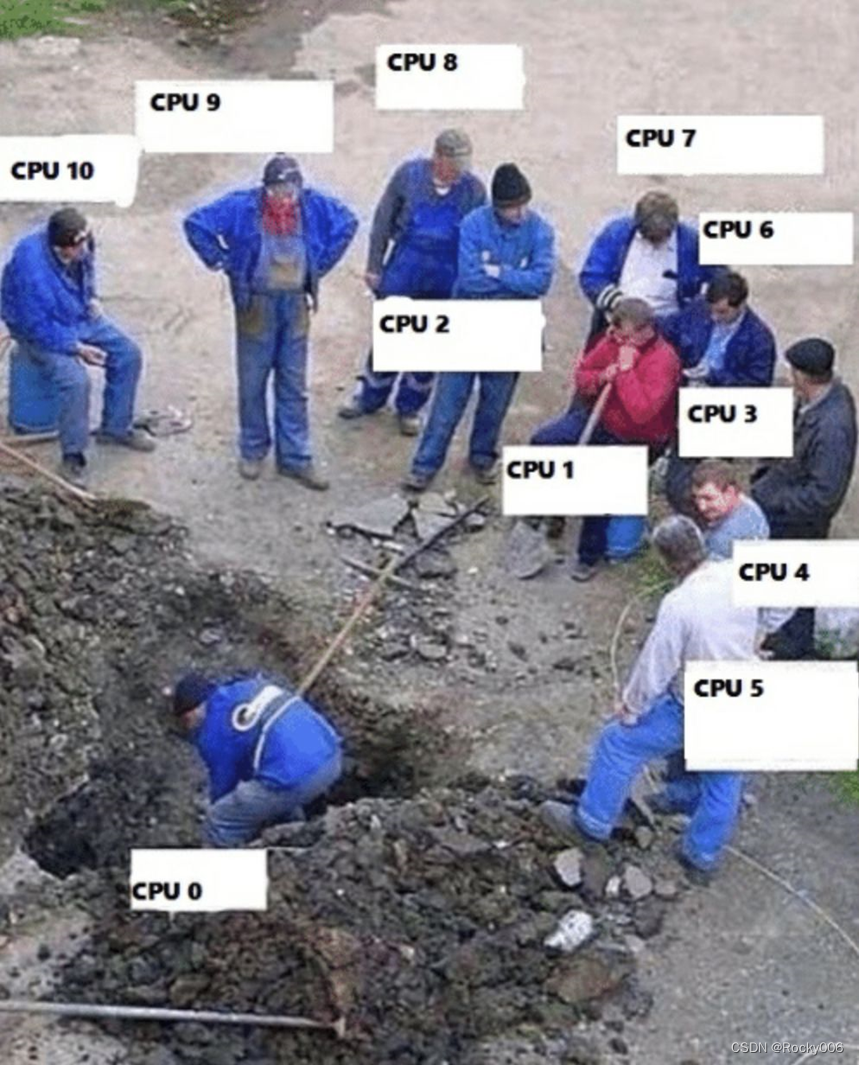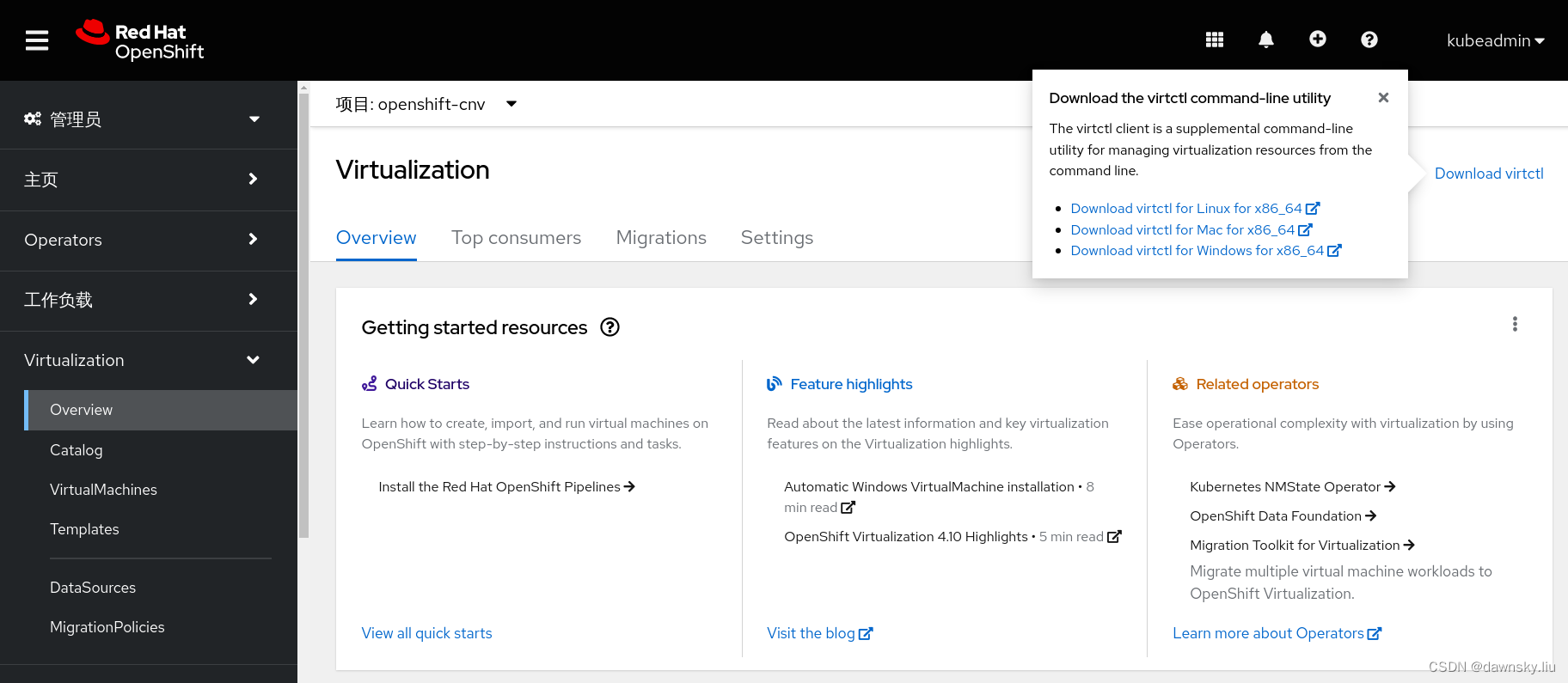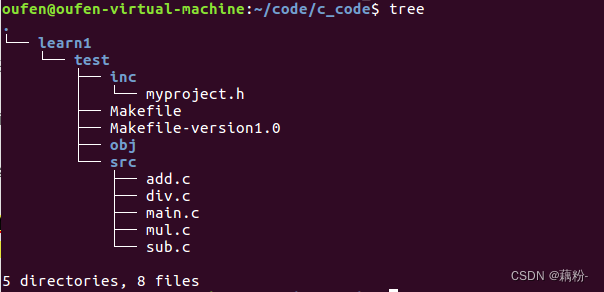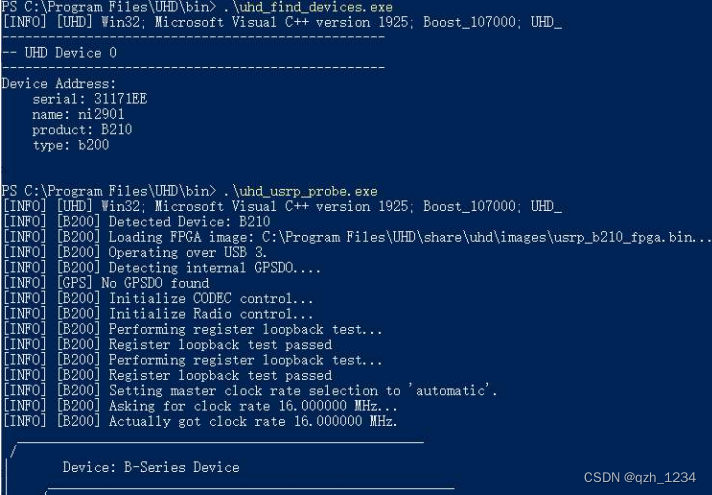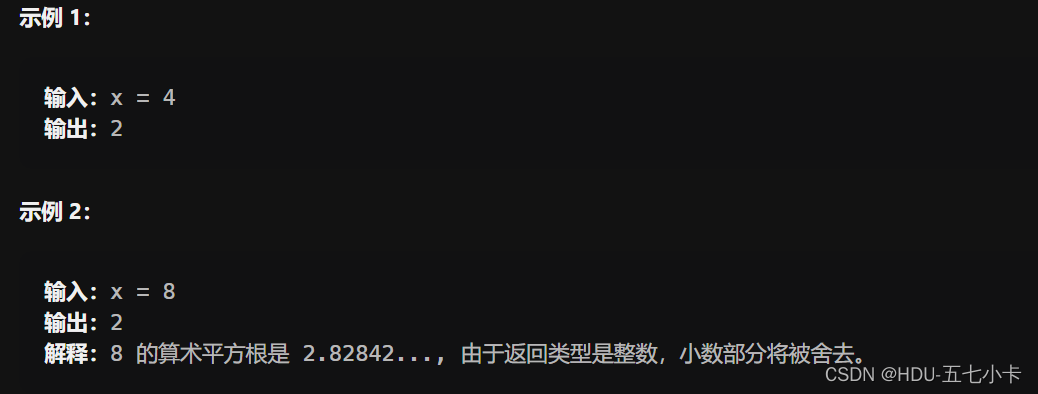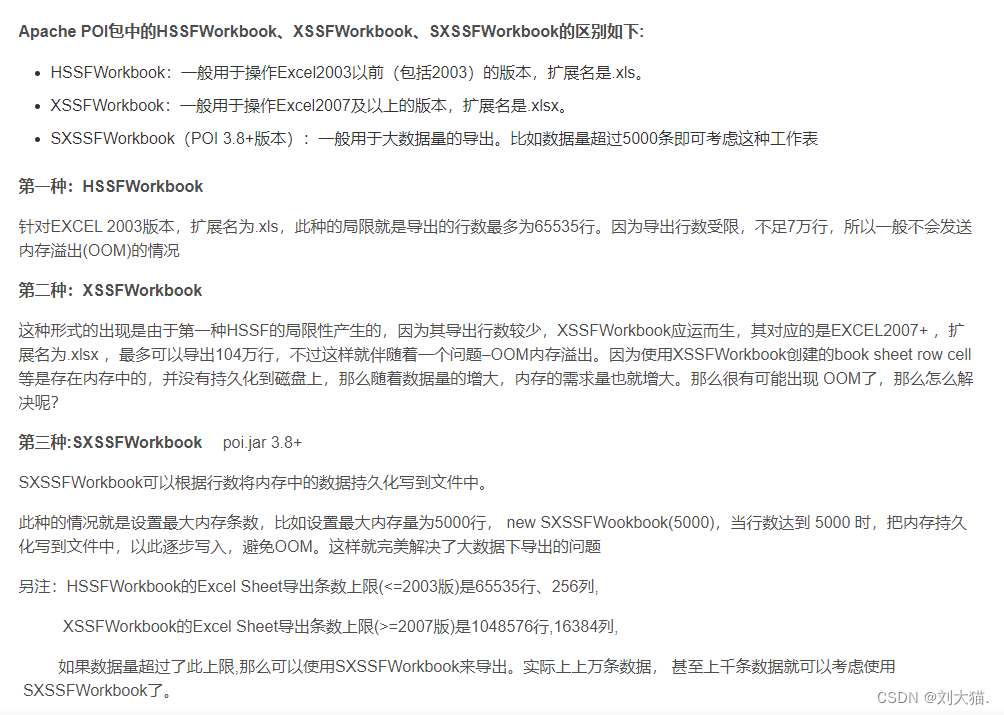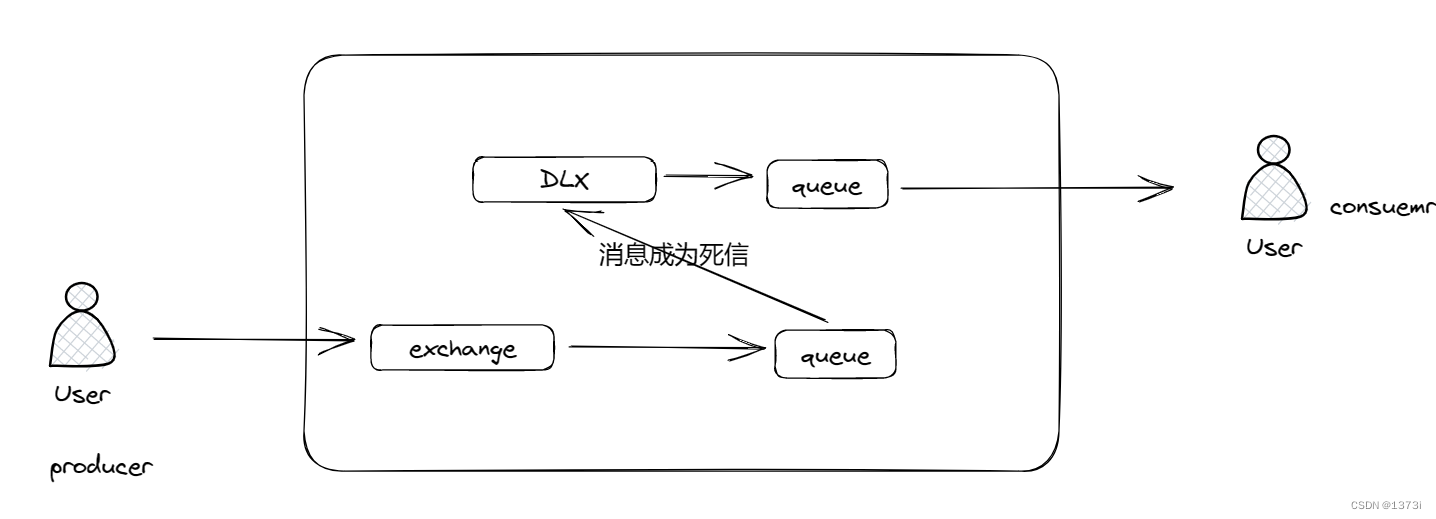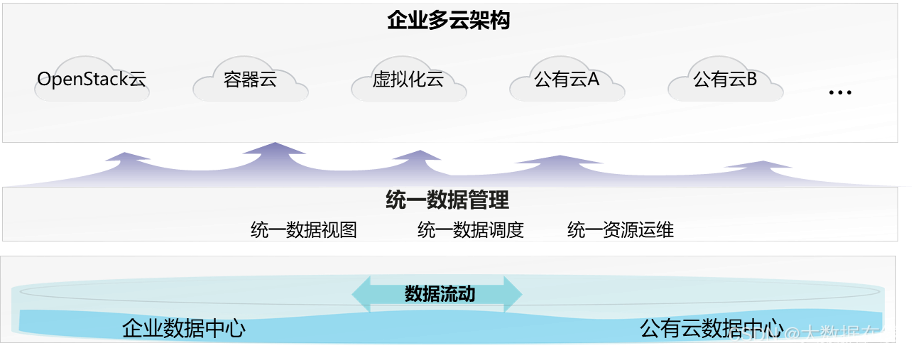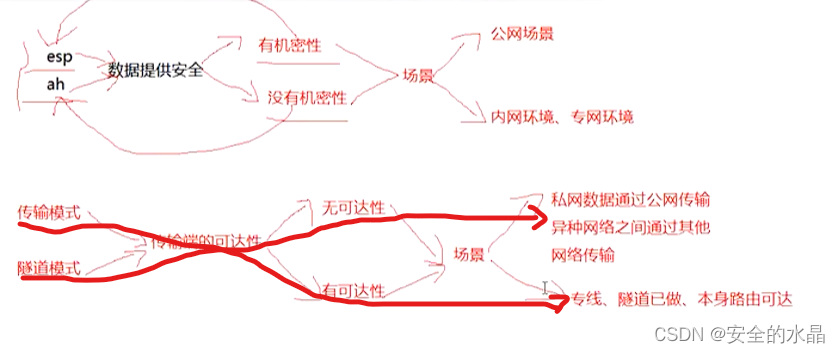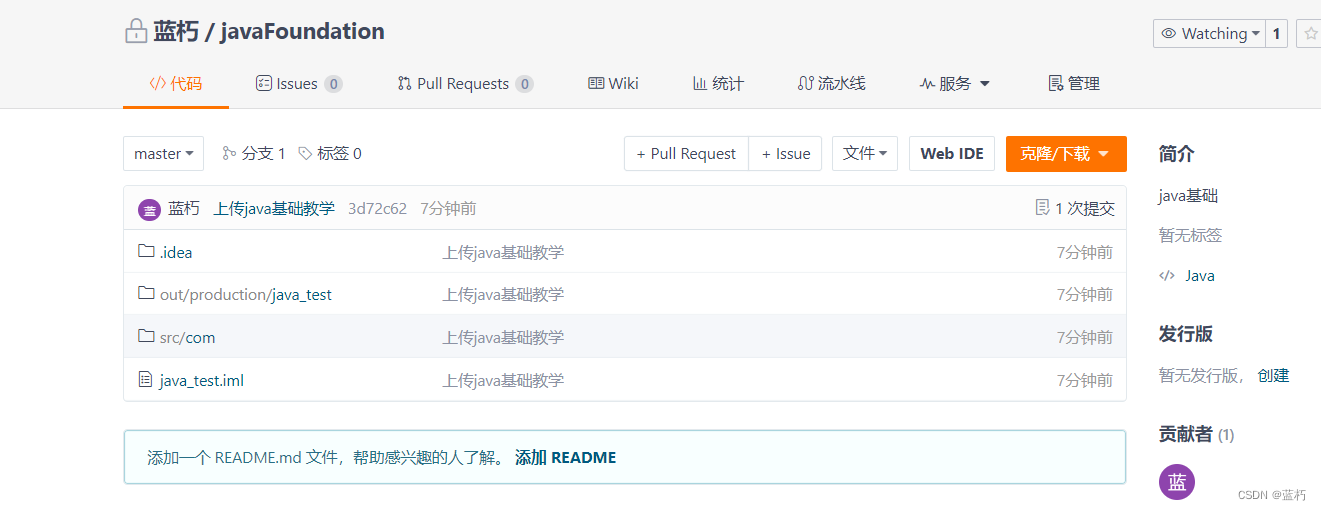MINST 手写数字识别
- 引入数据
- 模型训练
- 模型创建程序
- 模型编译程序
- 模型训练程序
- 模型预测程序
- 完整代码

引入数据
MINST数据集是一个经典的手写数字识别数据集,由Yann LeCun等人创建。它包含了来自真实手写数字图片的70000个灰度图像,这些图像是由250个不同的人手写而成的,其中60000个图像被用作训练数据,10000个图像用作测试数据。
每个图像都是28x28像素大小的,并且已经被规范化和中心化处理,以便于输入到机器学习模型中。每个图像还带有一个标签,指示该图像所代表的数字是什么。
通过Keras可以方便地获取MINST数据集。Keras提供了一个简单的API,可以直接从官方网站下载并加载MNIST数据集:
- 下载加载数据集:
from tensorflow import keras
from tensorflow.keras.datasets import mnist
(train_images, train_labels), (test_images, test_labels) = mnist.load_data()
- 查看数据集大小:
print(x_train.shape)
# (60000, 28, 28)
print(x_test.shape)
# (10000, 28, 28)
- 60000张训练图片
- 每张图片 28 * 28 pixel
- 10000张测试图片
- 每张图片 28 * 28 pixel

- 使用matplotlib查看MINST数据集中图片:
import matplotlib.pyplot as plt
# 显示训练集中前25个图像
fig, axes = plt.subplots(nrows=5, ncols=5, figsize=(10,10))
axes = axes.ravel()
for i in range(25):
axes[i].imshow(x_train[i], cmap='gray')
axes[i].set_title(y_train[i])
axes[i].axis('off')
plt.subplots_adjust(hspace=0.5)
plt.show()
cmap='gray' 参数使图像以灰度模式显示。
axis('off') 方法可以将坐标轴关闭,以便更好地查看图像。
plt.subplots_adjust(hspace=0.5) 将相邻子图之间的间距设置为一个子图高度的50%,以便更好地分隔每个子图。
- 展示效果如下图所示:

模型训练

模型结构:
模型采用 输入层 + 两个隐藏层 + 输出层 结构:
-
输入层:
x_train 包含60000张图片,每张图片 28 * 28 pixel; -
隐藏层:
总共两层隐藏层,第一层包含25个神经元,第二层包含15个神经元;
隐藏层采用 ReLU 激活函数; -
输出层
输出层总共10个神经元(因为输出结果 0~9 共十个);
采用 linear 线性激活函数 以及 Softmax 激活函数做对比;
模型参数:
- layer1:
- w [ 1 ] w^{[1]} w[1].shape is (784, 25)
- b [ 1 ] b^{[1]} b[1].shape is (25,)
- layer2:
- w [ 2 ] w^{[2]} w[2].shape is (25, 15)
- b [ 2 ] b^{[2]} b[2].shape is: (15,)
- layer3:
- w [ 3 ] w^{[3]} w[3].shape is (15, 10)
- b [ 3 ] b^{[3]} b[3].shape is: (10,)
模型创建程序
from tensorflow.keras import layers
from tensorflow.keras.models import Sequential
model = Sequential([
layers.Flatten(input_shape=(28, 28)),
layers.Dense(25, activation='relu', name='layer1'),
layers.Dense(15, activation='relu', name='layer2'),
layers.Dense(10, activation='softmax', name='layer3')
], name='Minst_Model'
)
model.summary()
-
layers.Dense是TensorFlow中的一个类,用于定义全连接层。全连接层也被称为密集层(Dense Layer),因为其中每个神经元都与前一层的每个神经元相连,可以将前一层的所有输入都与权重相乘并加上偏置,得到一组输出。units:全连接层中的神经元数量;activation:全连接层的激活函数。如果没有指定,默认使用线性激活函数;name:全连接层的名称;
-
model.summary()用于打印模型的摘要信息,包括每一层的名称、形状和参数数量。它非常有用,可以让我们快速查看模型的架构和大小,以便进行调试和优化。

模型编译程序
model.compile(
loss=tf.keras.losses.SparseCategoricalCrossentropy(from_logits=True),
optimizer=tf.keras.optimizers.Adam(learning_rate=0.001)
)
SparseCategoricalCrossentropy(from_logits=True)损失函数Sparse表示标签是稀疏编码(即单个整数),而不是独热编码;Categorical表示标签是分类数据;Crossentropy表示使用交叉熵来计算损失。from_logits=True如果在输出层的Dense中选择Softmax作为激活函数,那么在使用交叉熵损失函数时,需要将from_logits参数设置为False;若未使用 Softmax 则需要设置 from_logits 参数为 True。
- 使用
Adam优化算法来更新模型的权重参数,并且设置学习率learning_rate为0.001。
模型训练程序
history = model.fit(
x_train, y_train,
epochs=40
)
model.fit() 是Keras中用于训练模型的方法,其作用是对给定的训练数据进行模型训练,并返回训练过程中的历史记录,包括损失函数和指定的评价指标的值。在模型训练过程中,model.fit()方法将对模型的参数进行更新,使得模型的预测结果逐渐接近真实结果,从而提高模型的性能。
x_train和y_train分别表示训练数据的输入特征和标签;epochs表示训练的轮数history记录历史记录信息,包含每次的损失值等

使用损失值构建损失值下降图像:
import matplotlib.pyplot as plt
# 获取训练历史中的 loss 值和验证集上的 loss 值
train_loss = history.history['loss']
# 绘制 loss 曲线
plt.plot(train_loss, label='Training Loss')
plt.xlabel('Epoch')
plt.ylabel('Loss')
plt.legend()
plt.show()

模型预测程序
from sklearn.metrics import accuracy_score
import numpy as np
pred_y = model.predict(x_test)
pred_labels = np.argmax(pred_y, axis=1)
acc = accuracy_score(y_test, pred_labels)
print('Test accuracy:', acc)
model.predict() 是神经网络模型用于进行预测的方法;
np.argmax() 获取每个输入的最大值索引,以获取预测标签;
accuracy_score 是一个来自Scikit-learn库的函数,用于计算分类问题的准确率;
完整代码
import tensorflow as tf
from tensorflow import keras
# # # 输入数据
(x_train, y_train), (x_test, y_test) = keras.datasets.mnist.load_data()
print(x_train.shape)
# # # 显示训练集中前25个图像
import matplotlib.pyplot as plt
fig, axes = plt.subplots(nrows=5, ncols=5, figsize=(10,10))
axes = axes.ravel()
for i in range(25):
axes[i].imshow(x_train[i], cmap='gray')
axes[i].set_title(y_train[i])
axes[i].axis('off')
plt.subplots_adjust(hspace=0.5)
plt.show()
# # # 设定神经网络模型
from tensorflow.keras import layers
from tensorflow.keras.models import Sequential
from tensorflow.keras.layers import Dense
model = Sequential([
layers.Flatten(input_shape=(28, 28, 1)),
layers.Dense(25, activation='relu', name='layer1'),
layers.Dense(15, activation='relu', name='layer2'),
layers.Dense(10, activation='softmax', name='layer3')
],name='MINST_Model'
)
model.summary()
# # # 神经网络编译部分
model.compile(
loss=tf.keras.losses.SparseCategoricalCrossentropy(from_logits=True),
optimizer=tf.keras.optimizers.Adam(learning_rate=0.001),
)
# # # 训练模型
history = model.fit(
x_train, y_train,
epochs=40
)
# # # 根据 Loss 绘制曲线
import matplotlib.pyplot as plt
train_loss = history.history['loss']
plt.plot(train_loss, label='Training Loss')
plt.xlabel('Epoch')
plt.ylabel('Loss')
plt.legend()
plt.show()
# # # 进行预测
from sklearn.metrics import accuracy_score
import numpy as np
pred_y = model.predict(x_test)
pred_labels = np.argmax(pred_y, axis=1)
acc = accuracy_score(y_test, pred_labels)
print('Test accuracy:', acc)
